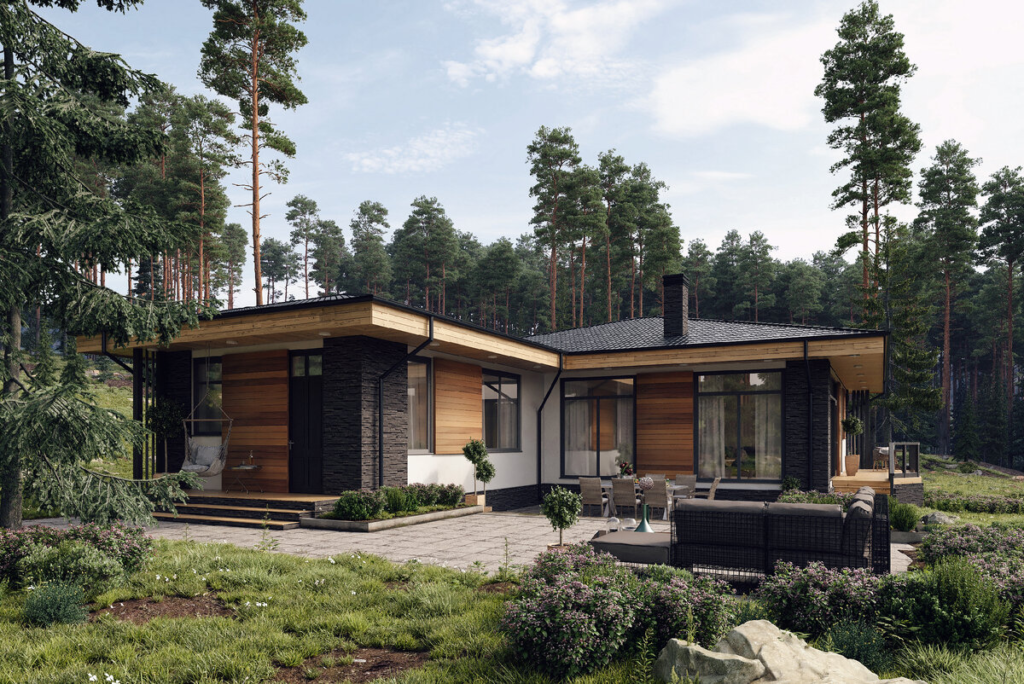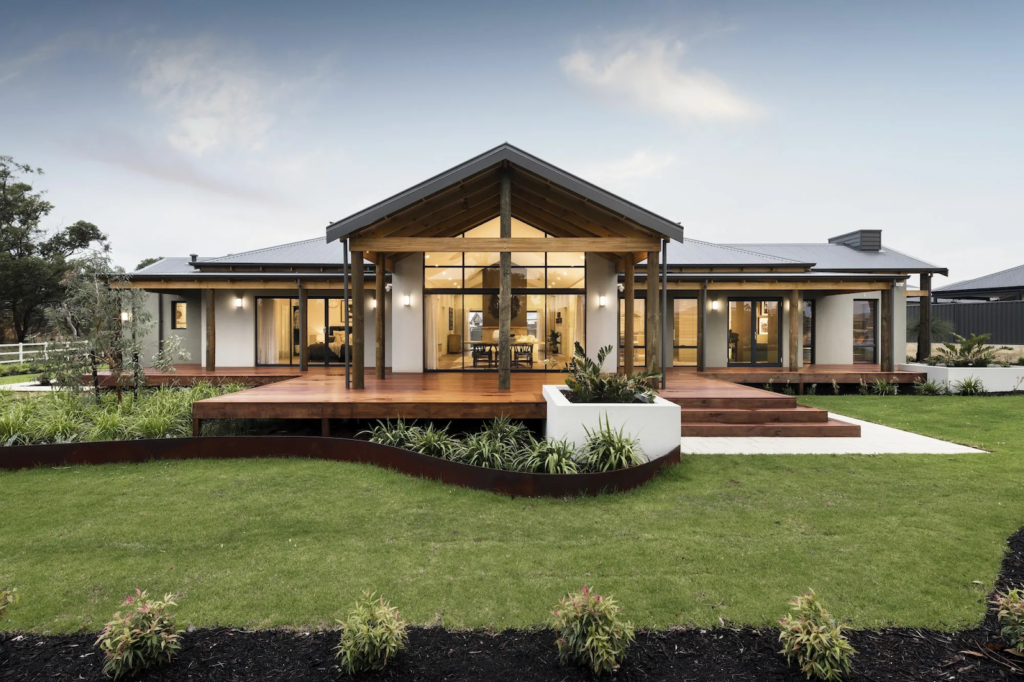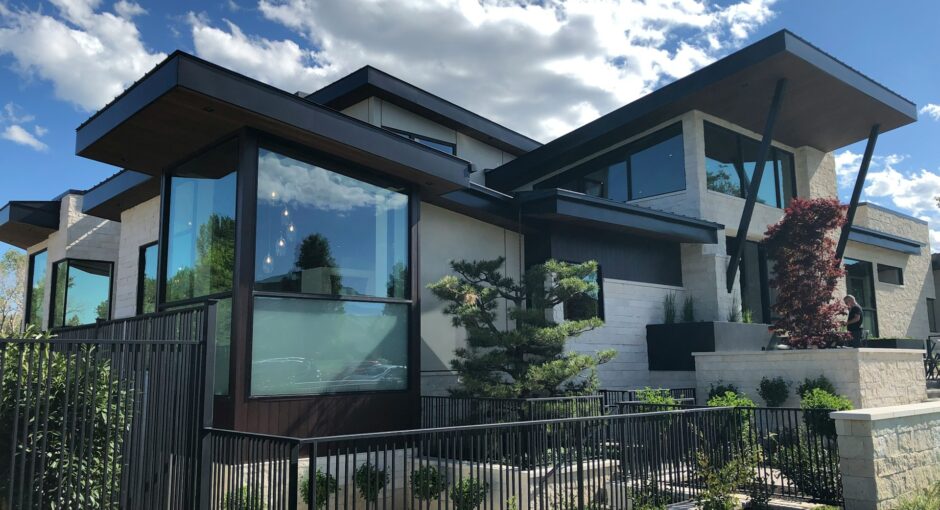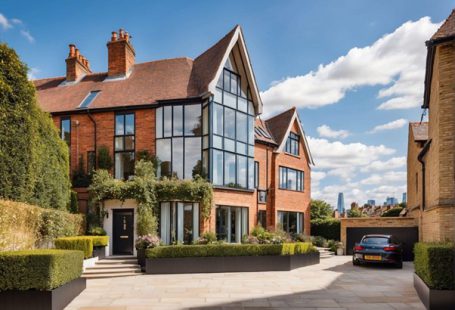When it comes to purchasing a new home, one of the most important decisions you’ll make is whether to opt for a one-storey or two-storey house. This choice will have a significant impact on your lifestyle, your family’s daily routine, and even the long-term value of your property. A home is not just a building; it’s a sanctuary where you create memories, so it’s essential to make the right decision. In this article, we will explore the key factors to consider when choosing between a one-storey and two-storey house. Additionally, we will also touch on the role of Interior Architecture London in helping homeowners make informed choices regarding their space.
Understanding the Basics: One-Storey vs Two-Storey Homes
Before diving into the specifics of each option, let’s first understand the fundamental differences between one-storey and two-storey homes. A one-storey house, also known as a bungalow, has all of its rooms located on a single level. This design is often ideal for families with young children, elderly members, or those with mobility issues, as it eliminates the need for stairs and promotes easier movement throughout the home.
On the other hand, a two-storey house has multiple levels, often with bedrooms on the upper floor and common areas like the kitchen and living room on the ground floor. This design is more common in suburban areas and is often chosen by families who need more space or want to create a sense of separation between the private and communal areas of the home.
Each design comes with its own set of benefits and drawbacks, and understanding these differences will help you make a more informed decision based on your family’s needs.

Factors to Consider When Choosing Between a One-Storey or Two-Storey Home
1. Family Size and Lifestyle
The first thing to consider is the size and dynamics of your family. If you have young children or plan to start a family, a one-storey house may be more practical. The ability to have all rooms on one level means that parents can easily supervise their children and be more accessible. It’s also convenient for managing household chores, as everything is in close proximity.
For larger families or those with older children, a two-storey home can provide the additional space needed. A second floor allows you to create distinct zones for different family members. Bedrooms on the upper level can offer a sense of privacy for teenagers, while the lower level remains dedicated to communal living. Moreover, two-storey homes tend to have larger footprints, which can be useful for families who need more space for hobbies, storage, or even a home office.
In this context, Interior Architecture London can help guide families in optimizing their floor plans and layouts, making the most of the space available to suit their lifestyle.
2. Space and Privacy
One of the significant differences between one-storey and two-storey homes is the amount of space each offers. A two-storey house typically provides more space both vertically and horizontally, making it easier to create separate living areas. For instance, you might have a private space upstairs for parents, while the children’s rooms are located on the same floor, creating more opportunities for privacy.
In contrast, one-storey homes may feel more open, but they might lack the division that a two-storey home offers. This can be beneficial if you prefer an open-plan living style where family members can interact with each other from different areas of the house. However, if privacy is a top priority, especially in large families, you might find a two-storey home more accommodating.
Interior Architecture London is an excellent resource for families seeking advice on how to balance space and privacy in their homes. Professional interior architects can design layouts that optimize both the openness of a one-storey house and the separation offered by a two-storey home.
3. Future Expansion Potential
Another important consideration is whether you plan to expand your home in the future. If you foresee needing more space as your family grows, a two-storey home may be a more suitable choice. The vertical design allows for the addition of extra rooms or levels without compromising the size of your yard or garden. Expanding upwards can be a cost-effective way to increase your living space without the need for a larger plot of land.
On the other hand, one-storey homes have limited expansion options. While you could potentially extend the property outward, this may involve altering the exterior of the house or even sacrificing outdoor space. The layout of a one-storey house might not allow for easy expansion, so if you expect your family to grow or need additional rooms, a two-storey house might be a better long-term investment.
When considering expansion, Interior Architecture London professionals can help by designing layouts that offer flexible options for future growth, ensuring that your home remains adaptable to your needs.

4. Energy Efficiency and Maintenance
Energy efficiency is a key consideration for any home, especially with rising energy costs. One-storey homes are generally more energy-efficient because they have fewer walls, ceilings, and floors to insulate, making it easier to maintain a comfortable temperature throughout the house. This can be particularly beneficial in areas with extreme temperatures.
However, two-storey homes can be more energy-efficient in certain climates, especially if designed with proper insulation and climate control systems. The additional level can help trap heat in colder climates, while the upper floor can remain cooler in the summer. Still, the design of the home plays a crucial role in how energy-efficient it will be. Interior Architecture London firms are well-versed in creating homes that maximize energy efficiency, offering design solutions that minimize heating and cooling costs regardless of the number of floors.
When it comes to maintenance, one-storey homes typically have fewer issues with structural wear and tear. A two-storey home requires regular inspection of the upper floor, roof, and stairs to ensure they remain safe and functional. This may require additional upkeep and higher costs, especially as the house ages.
5. Accessibility and Ageing in Place
If you or a member of your family has mobility issues or if you plan to age in place, a one-storey home is often the best choice. The lack of stairs makes it easier to move around the house and eliminates the risk of falls. For elderly family members or those with disabilities, having everything on one level ensures independence and accessibility.
In contrast, a two-storey home may present challenges as you age, especially if the master bedroom is on the second floor. However, two-storey homes can be modified with the help of Interior Architecture London to improve accessibility. For instance, stairlifts, ramps, or even the conversion of a ground-floor room into a bedroom can make a two-storey home more suitable for aging in place.
6. Cost Considerations
Cost is another important factor when deciding between a one-storey and two-storey house. Generally speaking, two-storey homes are more expensive due to their larger size and the additional materials required for construction. However, the cost of the land and the house’s location should also be taken into account.
One-storey homes can be less expensive to build and maintain, but you may need to purchase a larger piece of land to accommodate the same square footage as a two-storey home. This can result in higher land costs, depending on the area you choose to live in.
Ultimately, whether you opt for a one-storey or two-storey home, Interior Architecture London can help maximize your budget by providing design solutions that make the most of the available space, keeping costs down while still achieving a functional and aesthetically pleasing layout.
7. Aesthetic Appeal
Aesthetics can be a personal and emotional decision when choosing between a one-storey or two-storey home. Some people prefer the expansive, sprawling look of a one-storey bungalow, while others enjoy the vertical elegance of a two-storey home. Both styles have their own charm and character, and the right choice for your family will depend on your personal preferences and the overall style of your neighborhood.
An experienced Interior Architecture London professional can help create a design that complements your tastes while considering functionality, ensuring that your home looks beautiful both inside and out.
Conclusion: Making the Right Choice for Your Family
Choosing between a one-storey and a two-storey home is a significant decision that should be based on your family’s needs, lifestyle, and future plans. While one-storey homes offer simplicity, accessibility, and energy efficiency, two-storey homes provide more space, privacy, and flexibility. Whichever option you choose, Interior Architecture London professionals can help you design a home that maximizes the benefits of your chosen layout while meeting your specific needs.
Remember, your home is a reflection of your family’s values and lifestyle. Take the time to consider all of the factors outlined in this article, and don’t hesitate to consult an expert in Interior Architecture London to help guide you toward the perfect design for your family’s dream home.




